Coping with illness is complicated and difficult. Can architecture serve as therapy for illness or at least mitigate the emotional impact on sufferers?
The answer lies in the Maggie’s Centres and the charity of the same name that runs them. The centres were set up by Scottish writer, gardener and designer Maggie Keswick Jencks and her husband, American writer and landscape designer Charles Jencks, to provide free practical, emotional and social support for people with cancer and their families and friends.
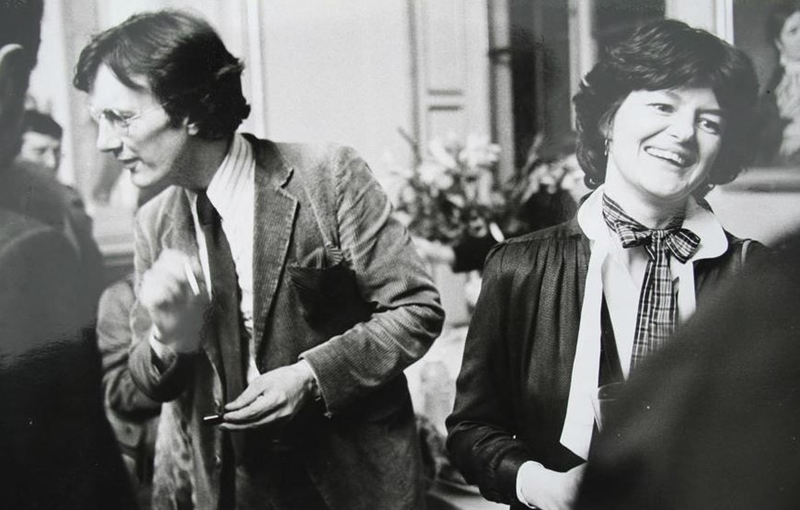
Maggie Keswick Jencks and husband Charles Jencks.
Maggie was diagnosed with breast cancer at the age of 47. At first examination, it seemed that, with treatment, it would be easily controllable. after five years the news turned negative because the disease had spread to her bones, liver and bone marrow. During the two years that followed until her death, Maggie passed through various oncology wards, endured long hours of waiting in windowless corridors of British clinics where she witnessed the continuing emotional, psychological and physical impact faced by people with cancer, and the helplessness of family and friends. This was compounded by his own internal struggle with the feeling that he had barely two to three months to live. All this led her to question how the environment and spaces influence the people who struggle daily to overcome it and whether it was possible for them to help in the difficult process of recovering.
We should not lose the joy of living for fear of dying.
So it was that Maggie and her husband decided to set up Maggie’s Centres and co-founded a charity of the same name. The first Maggie’s Centre opened in Edinburgh in 1996. There are now 26 centres across the UK, many of which are the work of renowned architects such as Norman Foster, Frank Gehry, Zaha Hadid, Richard Rogers, Kisho Kurokawa and EMBT – Miralles Tagliablue.
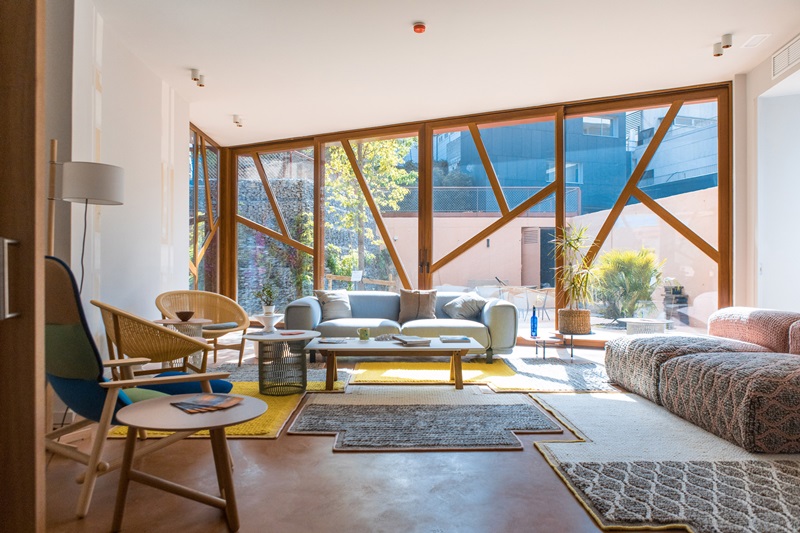
Kálida Sant Pau Centre in Barcelona. Architects Benedetta Tagliablue, EMBT. Interiors architect and designer Patricia Urquiola. Photography Lluc Miralles.
For the Maggie’s Foundation, the building and its interior are as important as its surroundings. The landscape must be a breathing space and the link between the two worlds: the hospital and real life. This is the origin of her determination to combine the design of the exterior (harmony with the environment and integration with the landscape) and the interior: natural light, contact with nature, warm and welcoming atmospheres, in which the kitchen and the table become the nerve centre of the space. In all her centres we can observe small details that remind us of Chinese gardens and buildings, a culture that fascinated Maggie, as she spent most of her life between Scotland, Shanghai and Hong Kong.
The different centres spread across the UK have in common their open architecture, their relationship with the landscape and their location: they must be situated close to the oncology services of leading cancer therapy hospitals. The exteriors of the buildings must be integrated and in perfect harmony with their surroundings, while the interiors must strike the difficult balance between public and private spaces. It is just as important to foster relationships between people with similar circumstances as it is to respect the privacy necessary for each patient to determine their own way of combating the recovery process.
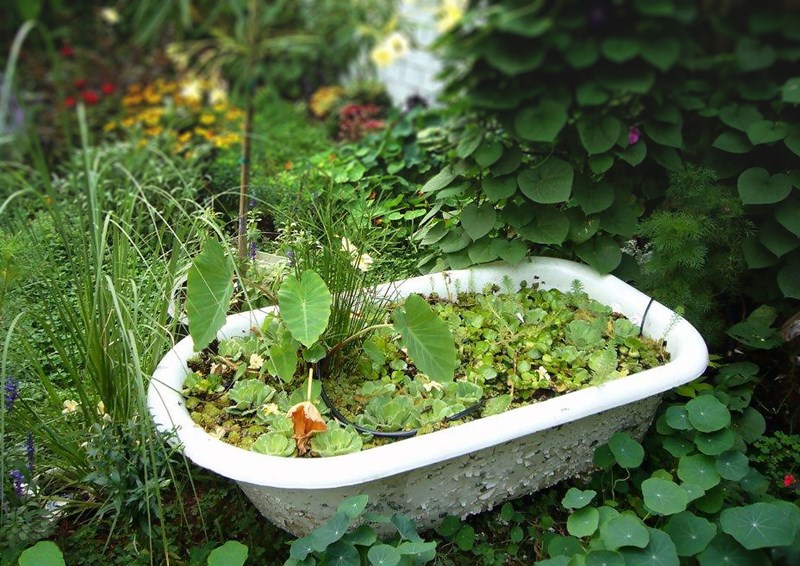
Maggie’s Centre in Leeds, Yorkshire. Architects Heatherwick Studio.
The first of my favourites is the Leeds Centre, in the county of Yorkshire, in the north of England, inside the campus of St. James’s University Hospital, which was designed by the architects of Heatherwick Studio.
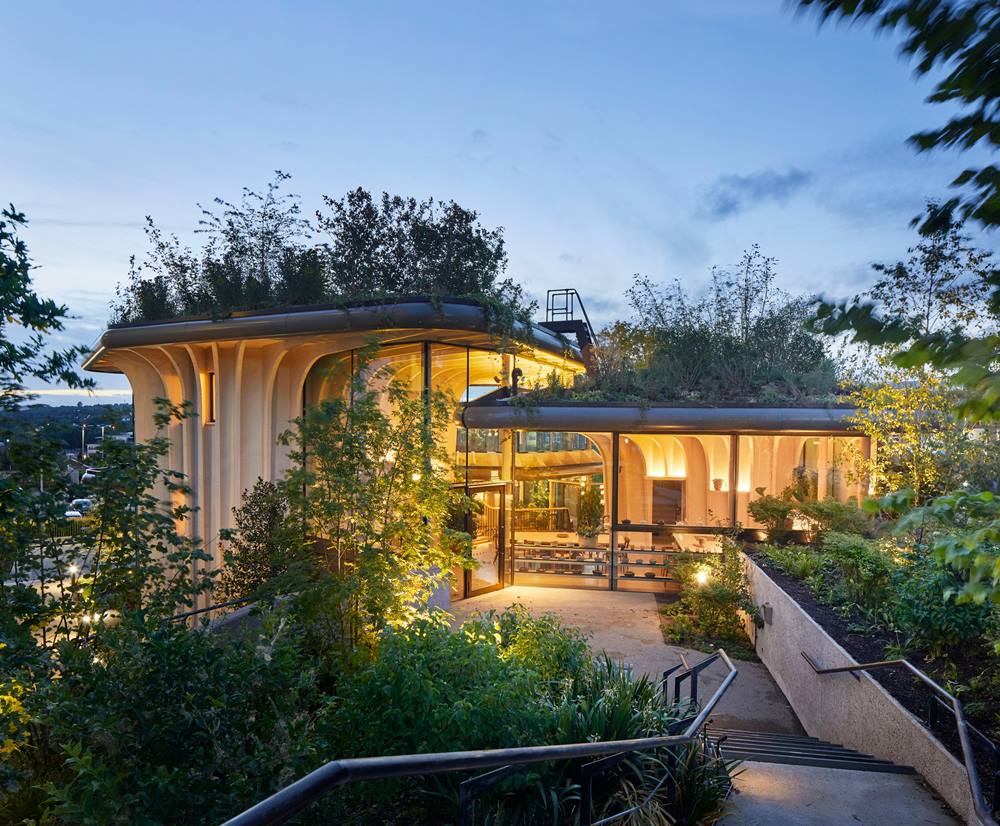
Maggie’s Centre in Leeds, Yorkshire. Architects Heatherwick Studio. Hufton + Crow Photography.
The second is the Kálida Sant Pau Centre located in the grounds of the Art Nouveau Hospital de Sant Pau in Barcelona, designed by architect Benedetta Tagliabue, director of the EMBT studio, whose magnificent interiors have been designed by architect and designer Patricia Urquiola.

Kálida Sant Pau Centre in Barcelona. Architects Benedetta Tagliablue, EMBT. Photography Lluc Miralles.
The Leeds Centre is a complex made up of a set of three giant planters, delicately positioned on a gently sloping site. Each of these large-scale planters contains within it a different part of the programme and an enclosed technical room that houses all the facilities and revolves around the heart of the site. The centrally located kitchen becomes the link between these three blocks, connecting the social spaces of the building, a library and an exercise room.
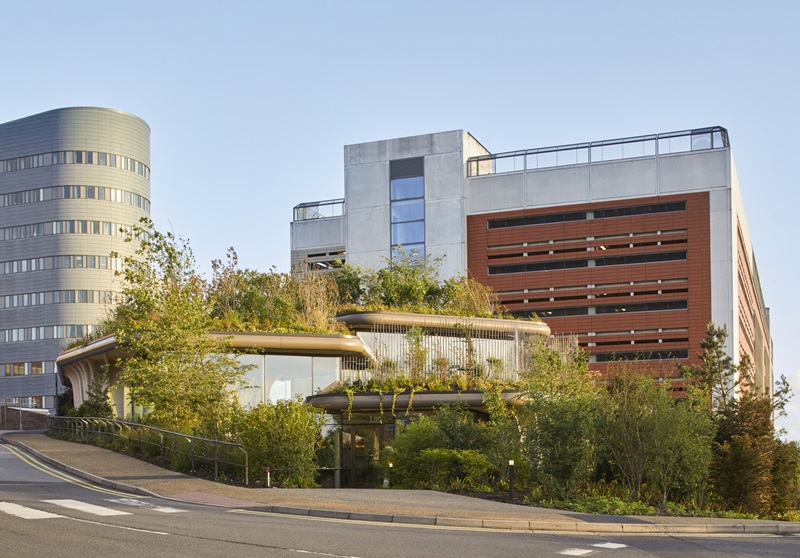
Maggie’s Centre in Leeds, Yorkshire Yorkshire. Architects Heatherwick Studio. Hufton + Crow Photography.
The structure of the building, made of prefabricated wood, and its cladding, made of porous materials, favour the maintenance of humidity inside the building. Natural ventilation avoids the use of mechanical air conditioning systems after having chosen the best orientation and arrangement of windows and openings, based on a study of the conditions of the terrain and the climate.

Maggie’s Centre in Leeds, Yorkshire Yorkshire. Architects Heatherwick Studio. Hufton + Crow Photography.
The green areas and roof garden were designed by landscape architects Balston Agius, who were inspired by the woodlands of the Yorkshire National Park, and incorporated a wide variety of plants from the north of England along with other plants that remain green all year round.

Maggie’s Centre in Leeds, Yorkshire Yorkshire. Architects Heatherwick Studio. Hufton + Crow Photography.
The interior of the centre is designed with natural and tactile materials, combining natural and indirect lighting. Its spaces are designed to encourage social exchanges and group activities, as well as to enjoy the tranquillity offered by the contemplation of the landscape. The furniture, designed specifically for the centre, helps visitors to leave their personal belongings behind and feel at home, as its appearance is not at all like that of a typical hospital.
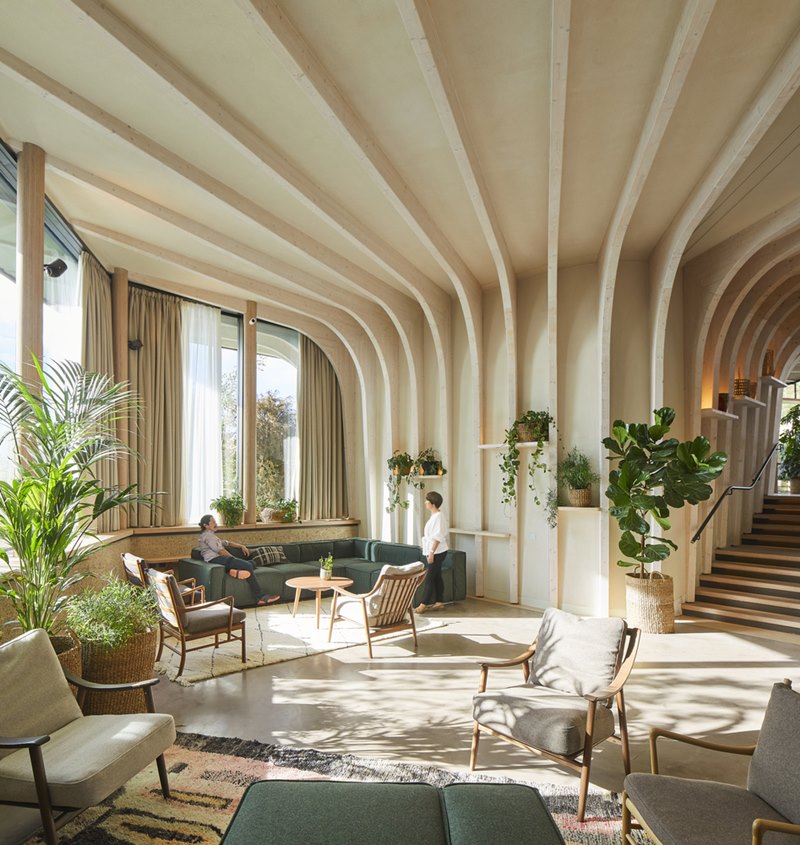
Maggie’s Centre in Leeds, Yorkshire Yorkshire. Architects Heatherwick Studio. Hufton + Crow Photography.
The second centre, created by Benedetta Tagliabue and decorated by Patricia Urquiola, stands out for its imposing red brick façades, adorned with honeycomb ceramic tiles designed by EMBT and inspired by the materials, textures, colours, geometries, patterns and vegetation of the original hospital complex.
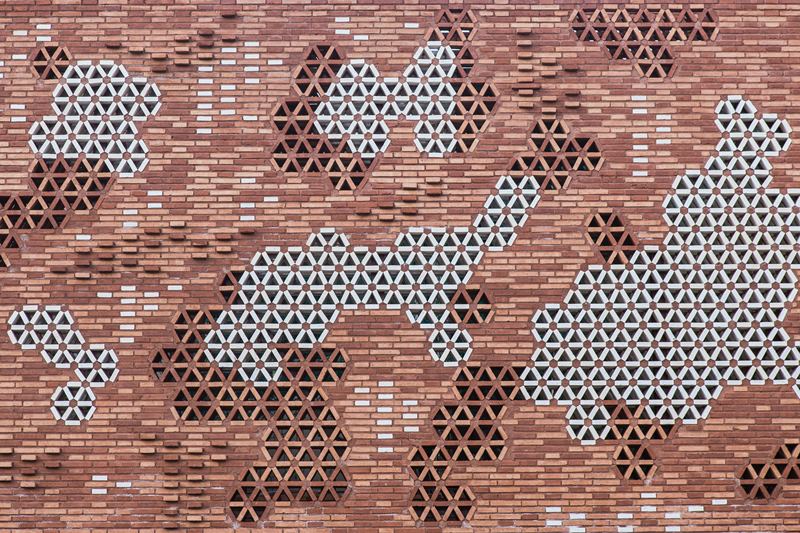
Kálida Sant Pau Centre in Barcelona. Architects Benedetta Tagliablue, EMBT. Photography Lluc Miralles.
Urquiola’s interiors are magnificent, decorated with ceramic tiles on floors and walls that are complemented by the warmth of wood in jambs, lintels and partitions and the strength of the traditional brick barrel vault ceiling created by EMBT.
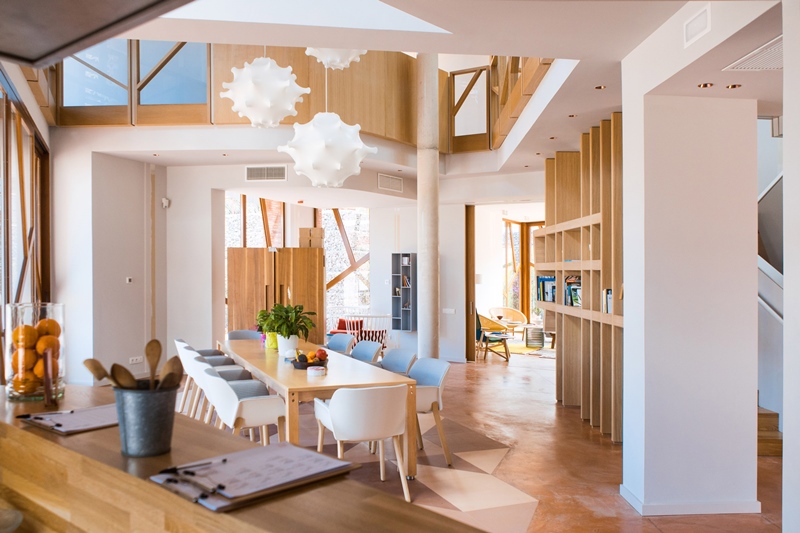
Kálida Sant Pau Centre in Barcelona. Architects Benedetta Tagliablue, EMBT. Interiors architect and designer Patricia Urquiola. Photography Lluc Miralles.
The furniture and decorative objects chosen to dress the different spaces (wicker lamps, sofas, cushions, rugs… all with just the right touch of colour) help to create a bright and homely atmosphere. These elements are caressed by the sunlight that filters through the brick lattice façade, comforting us like that tender embrace you receive when you arrive home.

Kálida Sant Pau Centre in Barcelona. Architects Benedetta Tagliablue, EMBT. Interiors architect and designer Patricia Urquiola. Photography Lluc Miralles.
I invite you to take a look at the rest of the Maggie’s Centres because they are all fantastic, starting with the healthcare building for the Christie Hospital in Manchester designed by Foster + Partners.
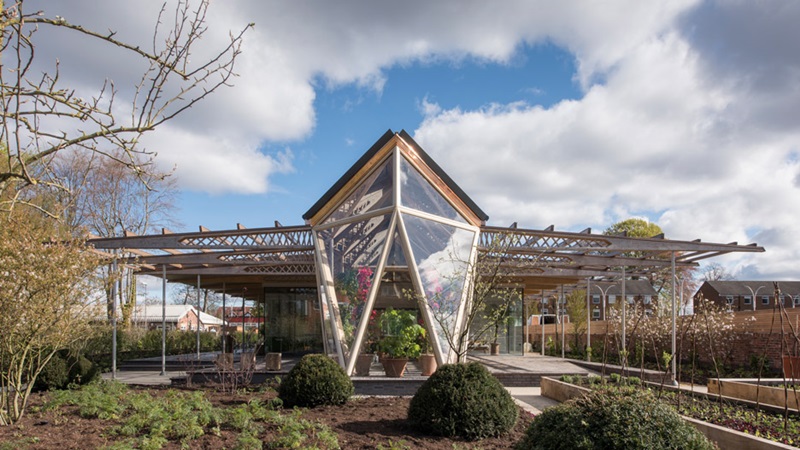
Maggie’s Centre in Manchester. Architect Foster + Partners. Photograph by Nigel Young.
An intricate timber structure composed of a network of tapering wooden columns and beams, each supported by angled cross beams forming zigzag patterns, imposes and seduces in equal measure.

Maggie’s Centre in Manchester. Architect Foster + Partners. Photograph by Nigel Young.
Daniel Libeskind‘s Maggie’s Centre, located next to the Royal Free Hospital in Hampstead, north London, is a building clad with prefabricated timber louvres that form the façade and give it movement. These elements are arranged at an angle to provide solar shading and shape the centre like a gentle, pleasant wind.
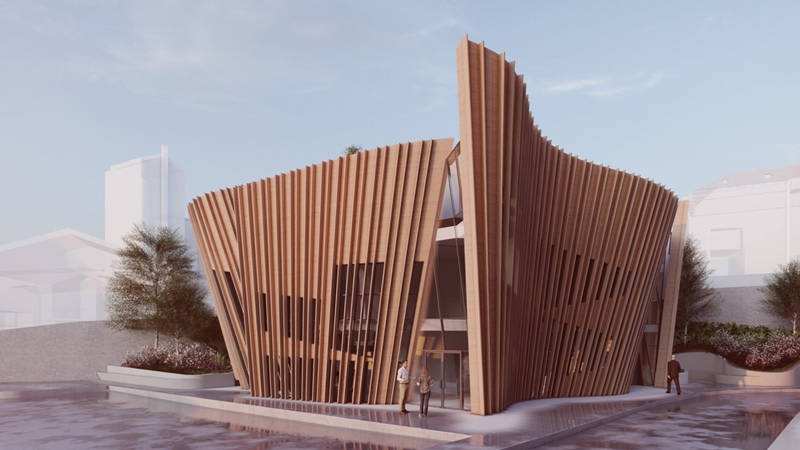
Maggie’s Centre in Hampstead (London). Architect Daniel Libeskind.
As you have been able to see, all these centres have been designed to be welcoming places, because according to the World Health Organisation we spend an average of 90% of our time in enclosed spaces. According to the latest scientific statistics, it has been proven that buildings do have an influence on the health of the people who live in them and help in their recovery process. It is clear that architecture cannot cure, but it is important that it is designed by and for people, to provide shelter and rest, but also to have a positive influence on the mood and well-being of patients, which will indirectly help them to get better. The concepts of wellbeing and human health must be present in the project both in its design and construction phase. Respect, commitment and doing our best to make the users feel happy (if possible) in spite of their situation.

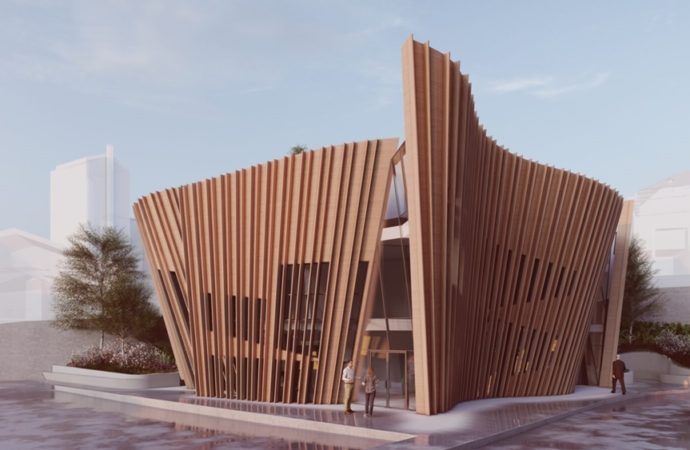




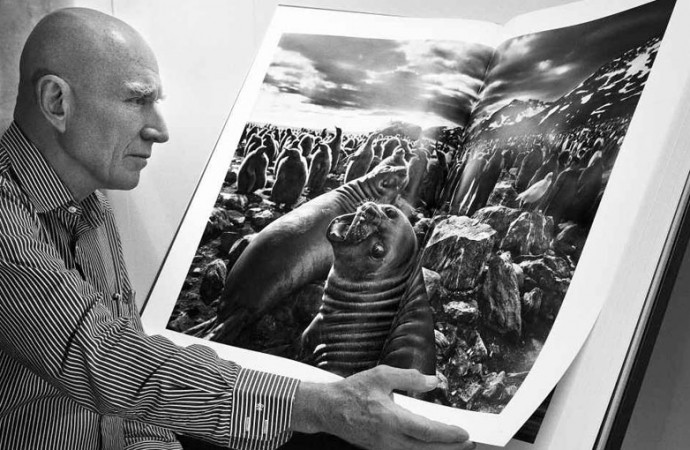

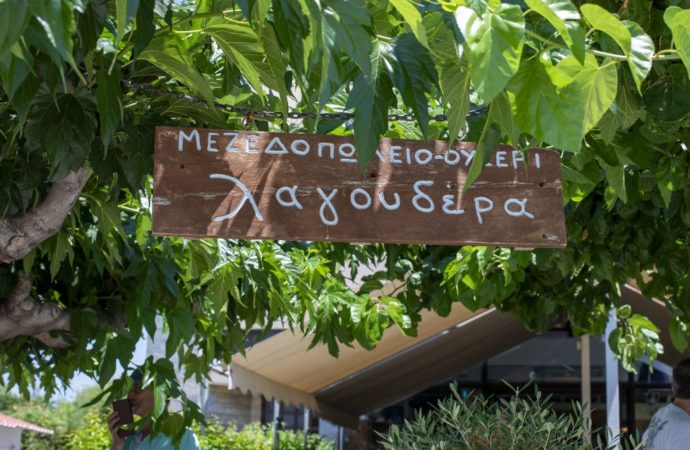
No one has posted any comments yet. Be the first person!